- Product
- Solution for
For Your Industry
- Plans & Pricing
- Company
- Resources
For Your Industry
Everyday Low Pricing strategy is a price management method that enables companies, brands, and retailers to offer consistently low-priced products to their customers. Instead of relying on discounts, coupons, and promotions, companies focus on providing consumers with low-priced products as a standard offering.
This pricing strategy can be highly beneficial for a brand if the cost of products remains the same, allowing them to earn profits even by selling low-priced goods. If the product costs align with the low-price strategy, the retailer can achieve long-term goals over an extended period.
When deciding to implement this type of pricing policy, companies and brands consider a wide range of factors. Price management, price tracking, and repricing are essential aspects of their business, and retailers want to implement a strategy that aligns with their business goals.

Before deciding whether low pricing is a suitable strategy for your company, it is crucial to identify and understand the critical differences between low pricing and high-low pricing. High-low pricing is an essential strategy for many companies, allowing them to start selling products at a high price and later reduce the price through various methods, including promotions, clearance, and markdowns.
Starting with high prices enables a business to create the perception of value and allows for offering discounts or promotions when customers demand them. The purpose of using a high-low pricing strategy is to drive foot traffic and encourage customers to take advantage of discounts and promotions. This can also lead to the cross-selling of other items because customers are already excited about the discounts on certain products. On the other hand, low pricing involves setting lower prices for products without fluctuating them. This is the apparent difference between everyday low pricing and high-low pricing.
We recommend focusing on your brand requirements, product categories, and ROI goals before choosing and implementing a price management strategy. This is necessary for making an informed decision about your pricing strategy. Some companies follow this type of pricing strategy, while others implement dynamic pricing for their products. Remember, it all depends on your brand requirements.Before deciding whether low pricing is a suitable strategy for your company, it is crucial to identify and understand the critical differences between low pricing and high-low pricing. High-low pricing is an essential strategy for many companies, allowing them to start selling products at a high price and reduce the price later through different methods, including promotions, clearance, and markdowns.
Remember, starting high enables a business or company to create bargaining perceptions when customers demand discounts or the company offers discounts or promotions. The purpose of using a high-low pricing strategy is to drive foot traffic and encourage customers to take advantage of the discounts and promotions.
That way, the company can cross-sell other items because it has already created excitement for its customers through discounts on certain products. On the other hand, low pricing allows a company to set lower prices for products without fluctuating them. So, this is the apparent difference between everyday low pricing and high-low pricing.
We recommend focusing on your brand requirements, product categories, and ROI goals before choosing and implementing a price management strategy. The purpose is to make an informed decision about choosing your pricing strategy. Some companies follow this type of pricing strategy, while others implement dynamic pricing for their products. Remember, it all depends on your brand requirements.
Supermarkets, companies, brands, and retailers have two options when offering discounts on their products. The first strategy is everyday low pricing, and the second one is high-low pricing. It’s important to note that the former allows a company to offer discounts consistently on all products. The latter focuses on a promotional pricing strategy, offering temporary markdowns on selected products.
Chain retailers such as Costco and Walmart made substantial efforts a few decades ago to expand their low pricing strategies. These companies aimed to attract more customers interested in low pricing. However, these two companies created problems for other retailers because they didn’t know which pricing strategy best aligned with their business goals. At the same time, small retailers had no idea how to appeal to customers through a pricing strategy. Let’s first discuss the pros of a low pricing strategy. Keep reading!
A growing body of research shows that consumers prefer low pricing for products. This is why companies focus on a low pricing strategy for their products, instead of high-low pricing strategies, to increase their sales and generate higher returns on investments (ROIs).
The question is: how is this possible? When your customers are not concerned about the prices of products for an extended period, you can make simplified decisions and set prices suitable for your company and your customers. When customers don’t worry about price fluctuations, they trust your company and become repeat/loyal consumers.
A low pricing strategy can be highly beneficial for companies that offer value to their customers. For instance, with a high-low pricing approach, customers are constantly comparing prices and searching for the best deal.
However, this can be daunting and time-consuming for customers, leading to reduced satisfaction. Consequently, consumers may seek out alternative stores where they can shop easily and save time. On the other hand, with an everyday low pricing strategy, you can benefit your customers by allowing them to shop without the need to compare prices. This not only saves customers time but also provides them with better value.
It’s important to note that higher customer satisfaction levels can directly lead to greater return on investment (ROI).
Demand forecasting is a crucial strategy that helps a company estimate the demand for its products or services in the future. Companies analyze past product demands and compare them with current market conditions to refine their pricing strategies. We don’t think that high-low pricing is a suitable strategy for optimizing demand forecasting operations. An everyday low pricing strategy can help reduce demand fluctuations and eliminate the need for sales promotions, thus streamlining demand forecasting operations.
A low pricing strategy allows setting lower prices for products to attract more customers and increase sales. Comparing past and current data can assist in better demand forecasting.
According to Vendux, a company should allocate 7% to 8% of its revenue for marketing campaigns.
However, if a company implements a high-low pricing strategy, it will frequently adjust its prices to attract customers through discounts and promotions.
It’s important to note that offering discounts necessitates the use of marketing campaigns, which can be costly. Conversely, with a low pricing strategy, a company is less likely to spend substantial amounts on marketing as their customers are already accustomed to consistent pricing for their products.
For example, in 1994, Walmart saved a significant sum on marketing campaigns by adopting a low pricing strategy. Walmart advertises its products in newspapers on a monthly basis, unlike other retailers or companies that do so weekly. Thus, a low pricing strategy can result in reduced marketing costs.
Product pricing is a critical component of your marketing and advertising strategy. Implementing a low pricing strategy means consistently offering your customers the lowest prices for your products in the market.
Companies conduct extensive research and surveys to identify pricing trends and develop a solid strategy. While there are numerous advantages to a low pricing strategy, it also has its drawbacks. Let’s now explore the disadvantages of implementing a low pricing strategy for your company. Keep reading!
Most companies today sell their products online, and even if they implement a low pricing strategy, consumers can easily compare your products’ prices with competitors’ for the same products.
If consumers find out that your competitors’ prices are better than yours, they won’t trust your brand. Instead, they will incline toward your competitors, causing you to lose your credibility in the market.
Implementing a low pricing strategy requires avoiding offering discounts and promotions to customers. By consistently providing the lowest prices, you may not achieve your desired profit margins.
Remember, discounts and promotions psychologically influence customers and encourage them to make purchases at a special price, leading to increased satisfaction. Some companies implement an everyday low pricing strategy, but when they don’t achieve desired profit margins, they offer discounts on specific products while raising prices on others.
This can confuse customers and lead to disloyalty, reduced trust, and lost customers, ultimately resulting in reduced profit margins.
A low pricing strategy often discourages some customers because when you offer the lowest prices consistently, consumers begin to doubt that you have low-quality products.
That’s why it is crucial to focus on competition-based pricing to stay competitive in the market.
The lowest price strategy may also negatively affect consumers because they think that your products’ quality is lower than your competition. Some consumers may believe that you sell reconditioned products, which is why you offer lower prices consistently. If this is your strategy, you won’t stay competitive in the market.
There are numerous factors to consider when choosing or implementing a low pricing strategy. It is crucial to make an informed decision by knowing that a low pricing strategy makes sense and best fits your needs. Here are a few factors you need to consider when selecting a low pricing strategy for your company.

According to Nielsen, companies that achieve success with a low pricing strategy have a high level of brand penetration. However, they have a small room for growth. So, it is crucial to analyze the room for growth before implementing a low pricing strategy.
Besides, we recommend focusing on the maturity factor of your products. If your products require little or no marketing, it means they have little room for growth or maturity. On the other hand, if you have less mature products, you will have to spend more money on marketing. In that case, you should not implement a low pricing strategy.
Before implementing a low pricing strategy, it is important to understand the difference between expandable purchasing and expanding consumption.
For instance, products like toilet paper, soaps, and shampoos have limited expandable consumption. On the other hand, food items like bread have high expandable consumption. Customers tend to buy more bread because of its lower price and consume more due to its longer shelf life. \
However, bread has a low expandable purchasing pattern as consumers buy it only when needed. In contrast, soaps and shampoos have a highly expandable purchasing pattern as consumers can store and use them for an extended period. It’s essential to remember that a low pricing strategy works well with products that have a low expandable consumption pattern and a high expandable purchasing pattern. In such cases, implementing an everyday low pricing strategy is recommended.
Although many brands and companies use a low pricing strategy for their products or services, not all of them get the most out of it. The reason is that implementing and using a low pricing strategy requires careful planning and preparation.
One article highlights that about 26% of retail companies in the United States follow a low pricing strategy for their products, and 74% follow high-low strategies. Amazon, Walmart, Procter & Gamble, Winn DNot all brands and companies effectively leverage a low pricing strategy for their products or services. This is because implementing and utilizing a low pricing strategy requires careful planning and preparation.
An article highlights that 26% of retail companies in the United States adopt a low pricing strategy for their products, while 74% follow high-low strategies. Some of the companies that follow a low pricing strategy include Amazon, Walmart, Procter & Gamble, Winn Dixie, and Trader Joe’s. These are the four most popular brands that have successfully implemented an everyday low pricing strategy. Keep reading to learn more!ixie, and Trade Joe’s all follow a low pricing strategy. Here are the four most popular brands that have nailed everyday low pricing. Keep reading!
Walmart is a well-known brand and successful company that implements a low pricing strategy for its products.

The company consistently offers the lowest prices to customers year-round. This helps customers to buy more, build trust in the retailer, and experience higher satisfaction levels.
Remember, higher customer satisfaction leads to increased sales and profits. Walmart has strengthened its sales strategy with a low pricing policy, allowing the company to outperform competitors in the industry. Even if the company doesn’t have a better product selection, the low pricing strategy still attracts customers, resulting in higher revenues.
Furthermore, it creates challenges for Walmart’s competitors, enabling the company to maintain a leading position. Walmart has established core principles and procedures for low pricing, enabling it to consistently follow a policy that benefits both the company and its customers. Walmart has embraced a low pricing strategy since its inception, contributing to a consistently maintained brand reputation.

Tesco is a multinational retail company headquartered in the UK. It is the third-largest retail company worldwide with millions of loyal customers. In 2016, Tesco implemented a low pricing strategy, announcing that all products would be available at low prices.
This strategy has allowed the company to focus more on product quality and maintain strong customer relationships. Additionally, Tesco does not invest heavily in marketing campaigns due to its use of low pricing without additional promotional or discount methods.
Everyday low pricing is an important strategy for retail companies. It allows them to attract more customers and maintain their Return on Investment (ROI). However, this pricing approach also has some disadvantages, such as reduced credibility, negative perceptions among consumers, and risks of lower profit margins. Follow the tips and tricks above to determine whether a low pricing approach is suitable for your company. Until Next Time!
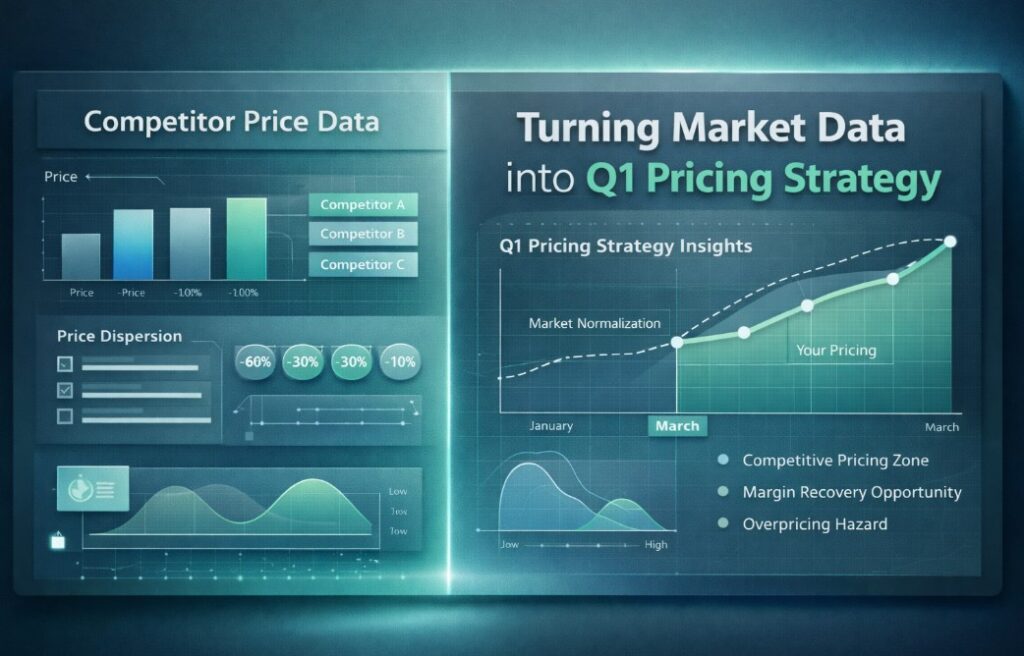
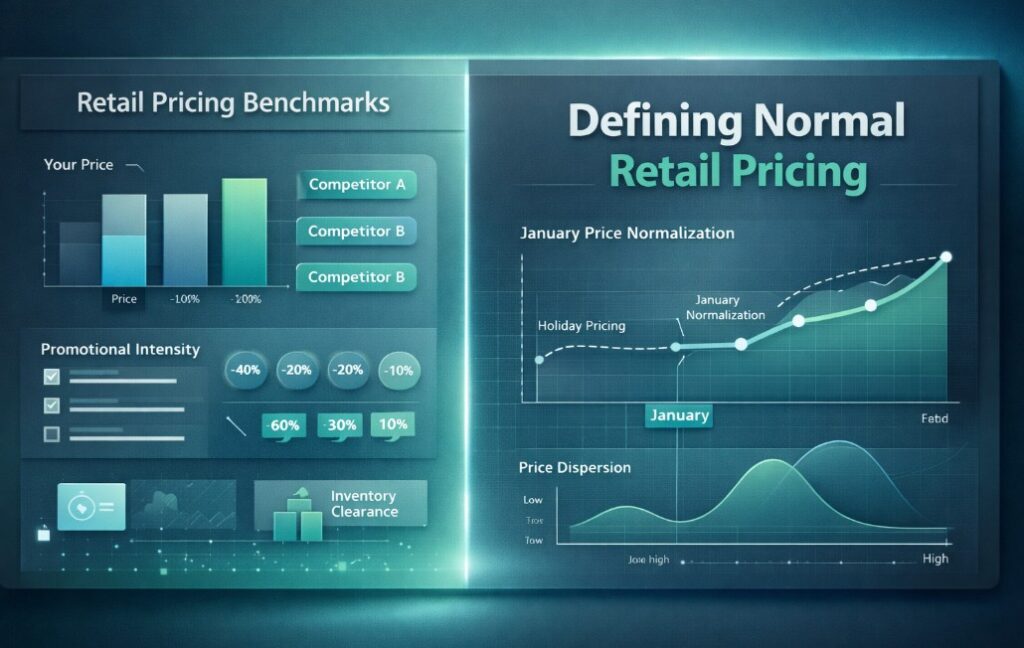

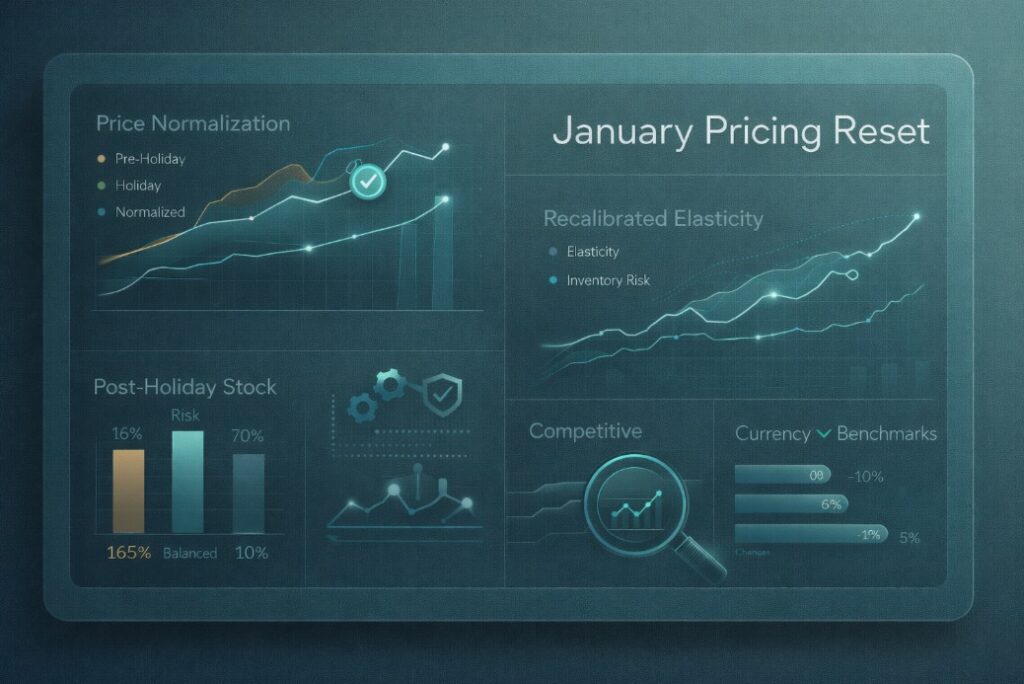
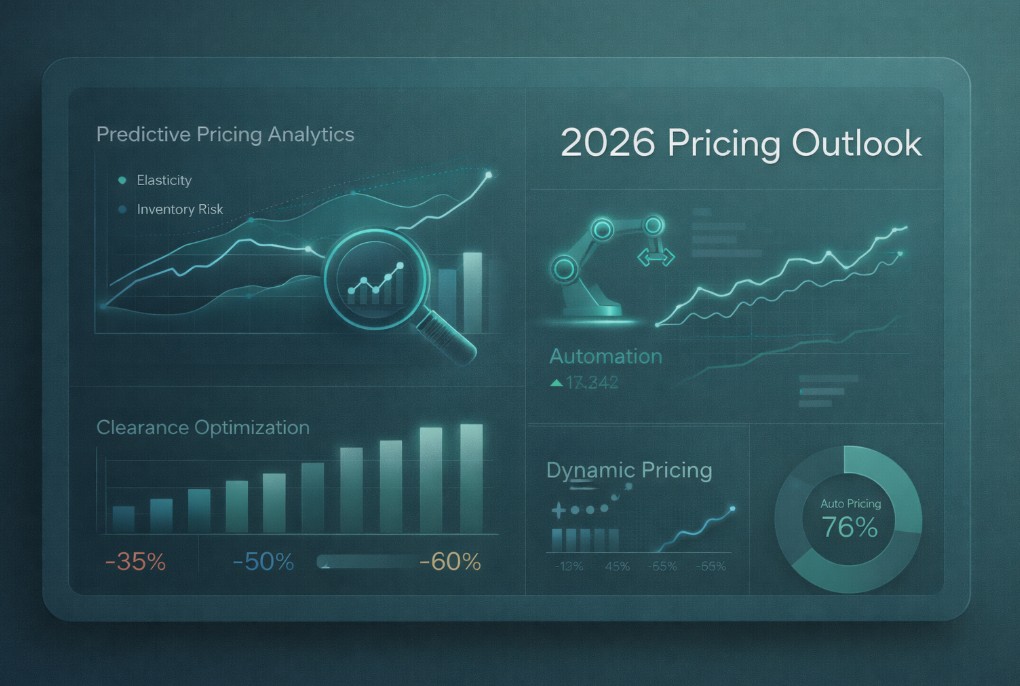

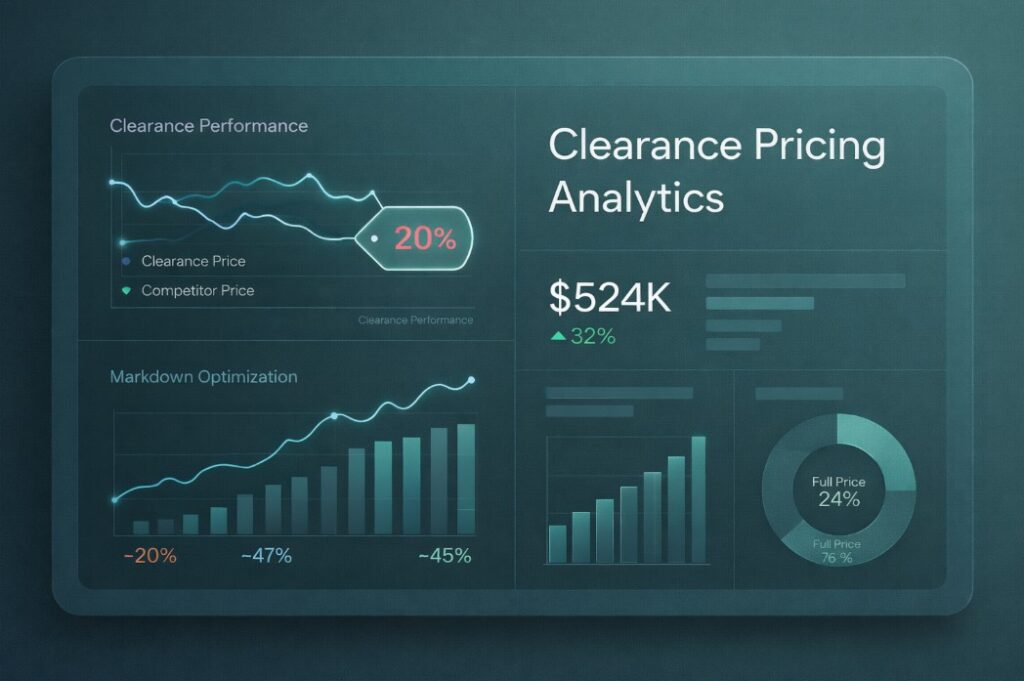






Missing an important marketplace?
Send us your request to add it!